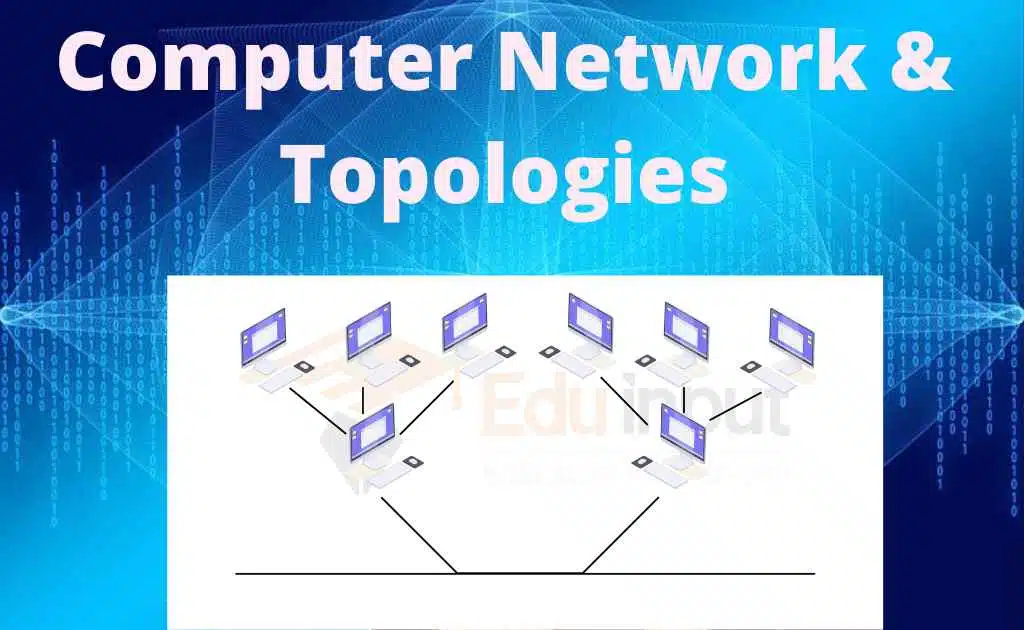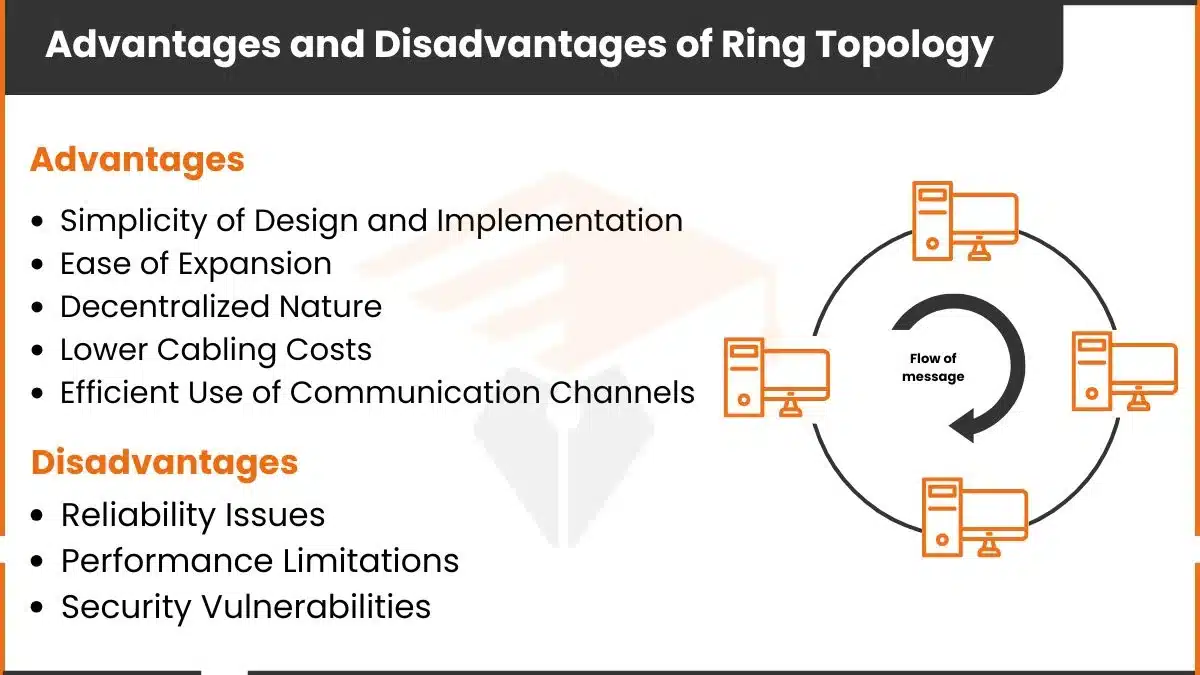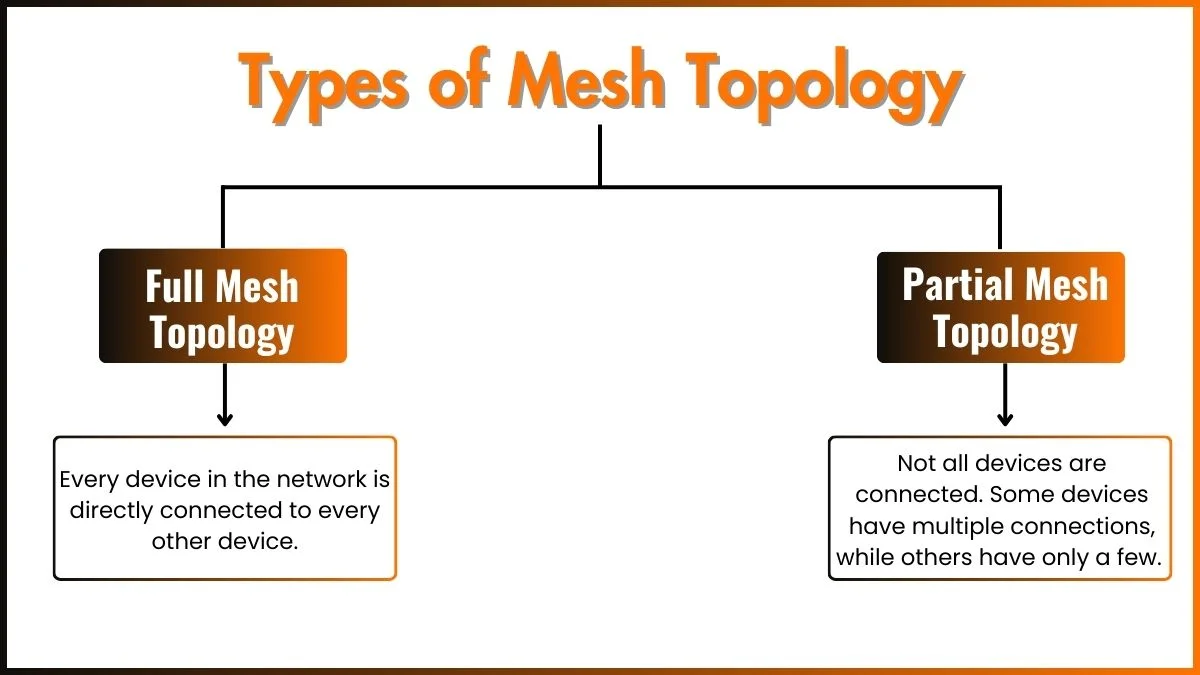Switched Networks-Circuit Switching, Packet Switching
The switched network consists of interconnected nodes. Data is transmitted via these nodes. Data is exchanged between nodes so it’s called switched network.
Types of Switched Network
Different types of switched networks are as follows:
Circuit Switching
Circuit switching creates a virtual path through the network between two nodes. The whole circuit must be available to send data. Data packets can only travel along the selected link during designated periods of time.
Data is sent on circuit-switching in three phases
- The first step is to establish a circuit so that data can flow between them.
- The second phase moves the data from one system to another.
- The third phase disconnecting the circuit stops the flow of electricity.
A telephone network is a system based on circuit switching. It was developed to allow two people to communicate over distances. The network consists of lines, switches, and circuits. In order to connect the calling person to the called one, a line is established between them. Then they can exchange information. At last, the call ends.
Circuit switching is expensive. The entire circuit is occupied during the conversation and cannot be used for other purposes. It may also delay data transfer while the connection is being set up.
Packet switching
A packet-switching network divides messages into fixed or variable-sized packets and sends them to the destination. Each packet contains overhead information about where it came from.
. The individual packets may take different routes to reach the final destination. The receiving node is responsible to rebuild the message and ensuring that all packets have been received. The packets contain the sender’s address, a destination address, and a sequence number in order to rebuild the message. Packet switching is more efficient and less expensive than circuit switching. It is used by most modern message-switching networks.
Difference between circuit and packet switching
Circuit switching is the switching method that is used in telephone networks. It sets up a temporary circuit between source and destination. The resources are reserved in network to meet the service.
In packet switching, a message is divided into a series of segments or packets. Each packet contains the destination address and controls instructions along with the message data.
Data transfer on the Internet is based on packet switching. In this case, the Internet routers use the address information in each packet to send it on an efficient path toward its destination. Different packets of the same message may follow different paths. The message is reassembled when all packets of the message are received at the destination. The communications protocol such as TCP/IP can request a retransmission of missing packets if some packets are lost.







Leave a Reply